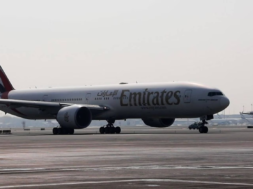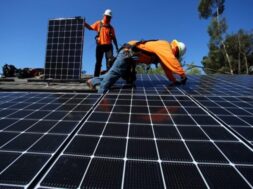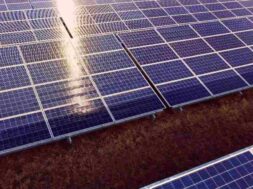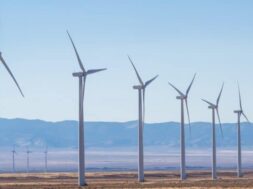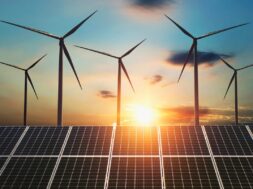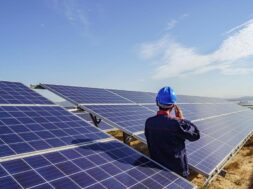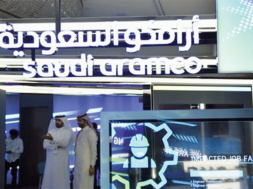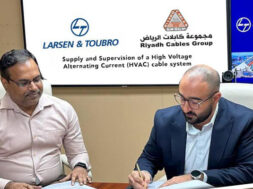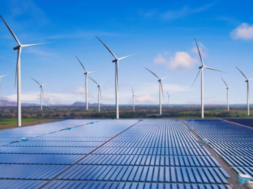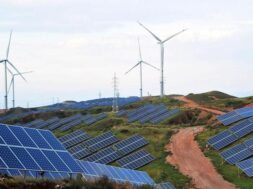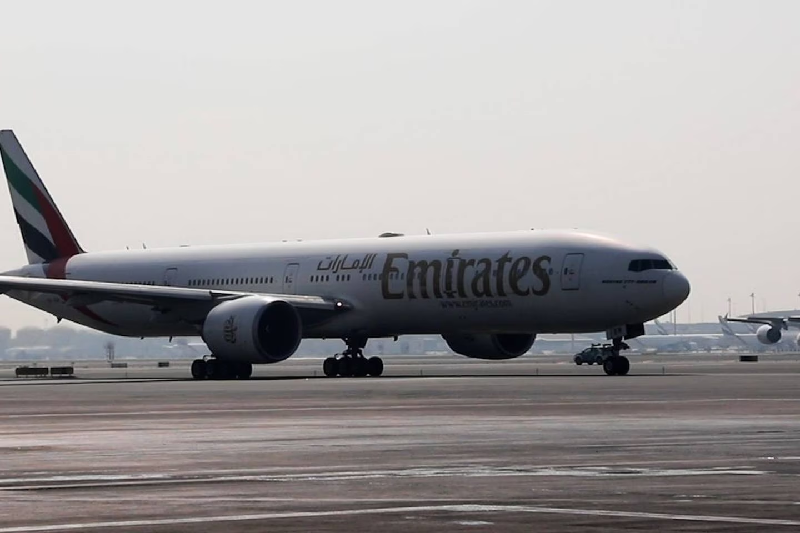
In Short : Emirates’ recent sustainable-fuel flight from Dubai marks a significant milestone in the airline industry’s efforts towards environmental sustainability. By utilizing eco-friendly aviation fuels, Emirates demonstrates its commitment to reducing carbon emissions and mitigating the impact of air travel on the environment. This initiative not only showcases the airline’s dedication to sustainable practices but also sets an example for the entire aviation sector, encouraging the adoption of greener technologies and practices to combat climate change.
In Detail : The first flight using sustainable fuel left for Sydney on October 24
Emirates’ first flight powered by a sustainable aviation fuel blend took off from Dubai International Airport last month under a supply agreement with Shell Aviation, as part of the airline’s efforts to decarbonise travel.
Emirates’ flight EK 412 left for Sydney on October 24, the airline said on Monday.
Under the agreement announced in October, Shell Aviation supplied 315,000 gallons of blended SAF for the airline’s use at its Dubai hub.
This first supply of the fuel to Emirates in Dubai has allowed the airline to power several flights over the past few weeks.
“We’re pushing ahead with proactive measures to enable more sustainable flying now and in the future, and powering flights from our Dubai hub is just one of the steps we’ve taken to reduce emissions and concretely help our customers minimise their own carbon footprint,” Tim Clark, the airline’s president, said.
“We still have a long road ahead, and we hope that our partnership with Shell Aviation inspires more producers to address the supply gaps and make SAF readily available in major hubs like Dubai, as well as other points on our network.”
Sustainable aviation fuel refers to alternative fuels made from renewable sources that are used to power aircraft. It is seen by many as crucial for the global aviation industry to reach its net-zero goal by 2050.
However, its adoption is still in the early stages due to small-scale production and the clean fuel’s higher cost, compared with conventional kerosene.
The International Air Transport Association estimates that the fuel could contribute to about 65 per cent of the reduction in emissions needed by the aviation industry to reach its net-zero emissions by the middle of the century.
Currently, global production of SAF volumes is low, at about 0.1 per cent of total jet fuel demand, according to Iata.
The blended SAF supplied by Shell into the Dubai International Airport fuelling system comprises a ratio of 40 per cent neat SAF and 60 per cent conventional Jet A-1 fuel, Emirates said.
Paul Griffiths, chief executive of Dubai Airports, told The National last week that Dubai International Airport works closely with Shell for the fuelling arrangements.
“The key is scale … how do you produce SAF at sufficient scale to be able to substitute a meaningful percentage of the Jet A-1 fuel supply with a sustainable fuel? That’s tricky to do,” he said.
Besides being more expensive, it’s also not easily transported.
“If you transport it, you’re eliminating the benefit of having it in the first place,” Mr Griffiths said.
“The real goal in the longer-term has to be new technology for [aircraft] propulsion, but sadly nothing beats the calorific density per kilo of a gallon of Jet A-1 … and aeroplanes have to carry their fuel with them so we need a source that gives us enough energy to remain aloft for the period needed in the density that enables us to carry the fuel with us in sufficient quantities.”
Dubai International Airport also reached an agreement to increase the production of solar power from its panels by tenfold, Mr Griffiths said.
“That gives us the ability to produce a significant percentage of the electricity we consume,” he said.
Another solution is to have ground equipment at the airport that uses renewable energy sources, Mr Griffiths added.
